Sacha Cotter and Josh Morgan first came into the children’s picture book scene in 2014 with their books Keys and the te reo Māori version, Ngā Kī. This was followed two years later by The Marble Maker and Te Kaihanga Māpere, no mean feat for two people also working full time on other jobs. This month, Sacha and Josh shared some of their thoughts on publishing, children’s books and the little people who read them with Hannah Rainforth.
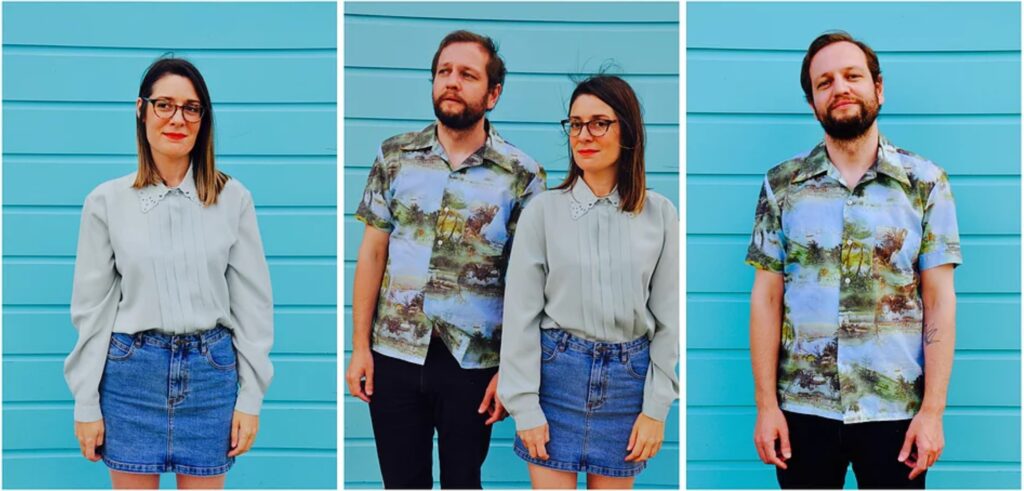
With Sacha Cotter and Josh Morgan living in the capital, and me in the Central Plateau, I had to settle for Skype as a means of interviewing these two wonderful people, rather than the face-to-face sit-down I would have loved. Nevertheless, their warmth, enthusiasm, and general get-out-there-and-do-stuff-ness shone down the fibre lines like the midday sun in Scorching Bay on a good Wellington day.
The world of literature nearly missed out on Sacha Cotter and her talents. Although she loved to write while in primary and secondary school, when she was deciding what she might ‘do’ as an adult, she decided authorship was a far-fetched idea and something ‘other people’ did. Instead, she undertook an arts degree in social anthropology, then set off to travel the world.
After coming back to New Zealand, she trained as a primary school teacher, and went to teach in Ōhope. She bought books on writing, but never read them. After a relationship break-up, she reconsidered her priorities, and decided to return somewhere she’d always wanted to spend more time – Spain.
While living there, she took film courses, photography courses, learnt Spanish, and generally just did a lot of things that were good for her soul. It was here that she wrote Keys. She sent it to Learning Media for the School Journal, but it got rejected. So, Sacha let it languish in a folder on her computer.
But after coming back to New Zealand, and before doing a children’s writing workshop at Victoria University, Sacha got up the nerve to post a copy to Huia Publishers. She got a phone call two weeks later, and the rest, as they say, is history: the English version of Keys was a Best Picture Book finalist in the 2015 New Zealand Book Awards for Children and Young Adults. The te reo Māori edition, Ngā Kī, translated by Kawata Teepa, won the 2015 Te Kura Pounamu prize, and was included on the 2016 IBBY International Honour List.
After a stint back teaching in 2016, Sacha is now juggling writing with working at the Victoria University Library. Juggling seems to be a theme with these two, as Josh completes all of his work while also working full-time as a Senior Administrator at the Tertiary Education Commission. He studied illustration and design at Massey University, and previously did Storytime at public libraries (which might be where he gets his performing abilities from).
For a while, most of his creative talent was focused on producing material for friends and personal projects, but then he got asked to do some work on Huia Publishers’ chapter books and te reo Māori junior magazines, Hui e! and Tāiki e! This eventually led to being commissioned for Keys/Ngā Kī, his first ever picture book. He’s been busy ever since.
So, what do Sacha and Josh look for in a children’s book?
Wherever you approach from, whether it be as a reader, a writer, a parent, illustrator or publisher, there are things each of us look for, love and respond to in a book. For Sacha, it’s books that make her laugh – books with silly, quirky and off-beat humour. She loves characters who do things she can only dream of doing. Books that pull on her heart-strings and stay with her long after having read them also resonate with Sacha.
Josh is quite a fan of expressive books – books with rhythmical and musical language, that really play with words and are fun to read out loud. He is often drawn to picture books which are in some way unique, and which have a strong story and structure. ‘I think a lot of the time it’s the books I feel envious of and which make me a little depressed, because they’re sooo good. Books that have something that I wish I had done or thought of, whether it be the ideas or the design and illustrations. The author and illustrator Paul Beavis talks about the good books being ones which have an anarchic feel to them and I totally agree – I think there are some amazing books that have a little bit of mischief, and are almost like the child’s naughty friend who takes them on crazy adventures.’
When it comes to illustrations, both Sacha and Josh are drawn to books with a childlike feel to them, and beautiful work. Josh goes for books which are a little messy, that have a bit of life and energy to them, but that are also strong graphically. ‘I think the most successful picture books have illustrations and words adding different layers to the story – working as a team but telling different parts,’ he says.
I asked Josh and Sacha what they think children should have access to in a book. For Josh, it’s important that children are able to see themselves reflected in books, so he finds diversity very important. For him, books should be a way for children to experience beautiful illustrations and design, well-crafted stories, and rich language – they should be objects that enrich and expand a child’s world. For Sacha, it’s about providing ways for children to process the world they live in. ‘Stories,’ she says, ‘help children understand, interact with, relate to and wonder at the world and everything in it. Books need to provide children with ways of having fun, chances to think and imagine, and opportunities to explore feelings, values and experiences.’
Ideas, hidden treasures, and inspiration
Josh and Sacha have very obviously clicked as a writer-illustrator team, and when I asked who in the world, living or not, they would love to write or illustrate a book with, both of them chose each other. If they were to (‘have to’) work with anyone else, though, for Sacha it would be Oliver Jeffers or Elise Gravel. Josh would go for Roald Dahl. ‘Roald Dahl,’ says Josh, ‘would be someone whose stories I would love to illustrate, much for the same reasons that I love illustrating Sacha’s stories – they’re quirky, creative, funny, a little mischievous and have expressive, playful language.’
For the reader, there are often details hidden in books that we don’t know about. Josh illuminated some of the hidden treasures in Keys/Ngā Kī and The Marble Maker/Te Kaihanga Māpere for me: ‘I have added background details which may not be immediately evident, but which add another layer to the story. With Keys/Ngā Kī one thing I tried to do was to have Dad’s story already starting to work its magic on the real world. Background elements in the bedroom are transformed into parts of the upcoming fantasy scene, such as the drawer handles turning into chocolate biscuits or gold coins, or the rainbow patterns on the curtains turning into Stanley’s favourite yellow food.
‘In both Keys/Ngā Kī and The Marble Maker/Te Kaihanga Māpere, there are a couple of subplots too, such as the cat in Keys going on the adventures with Dad, and also interacting with the magical elements in the bedroom scene. In The Marble Maker/Te Kaihanga Māpere there is a love story between a short-sighted, marble-hoarding Mole King and a flowering cactus. There are also some ingredients which have been inspired by characters from Keys in The Marble Maker – like a packet of Cat’s space noodles and a jar of Stanley’s Mustard.
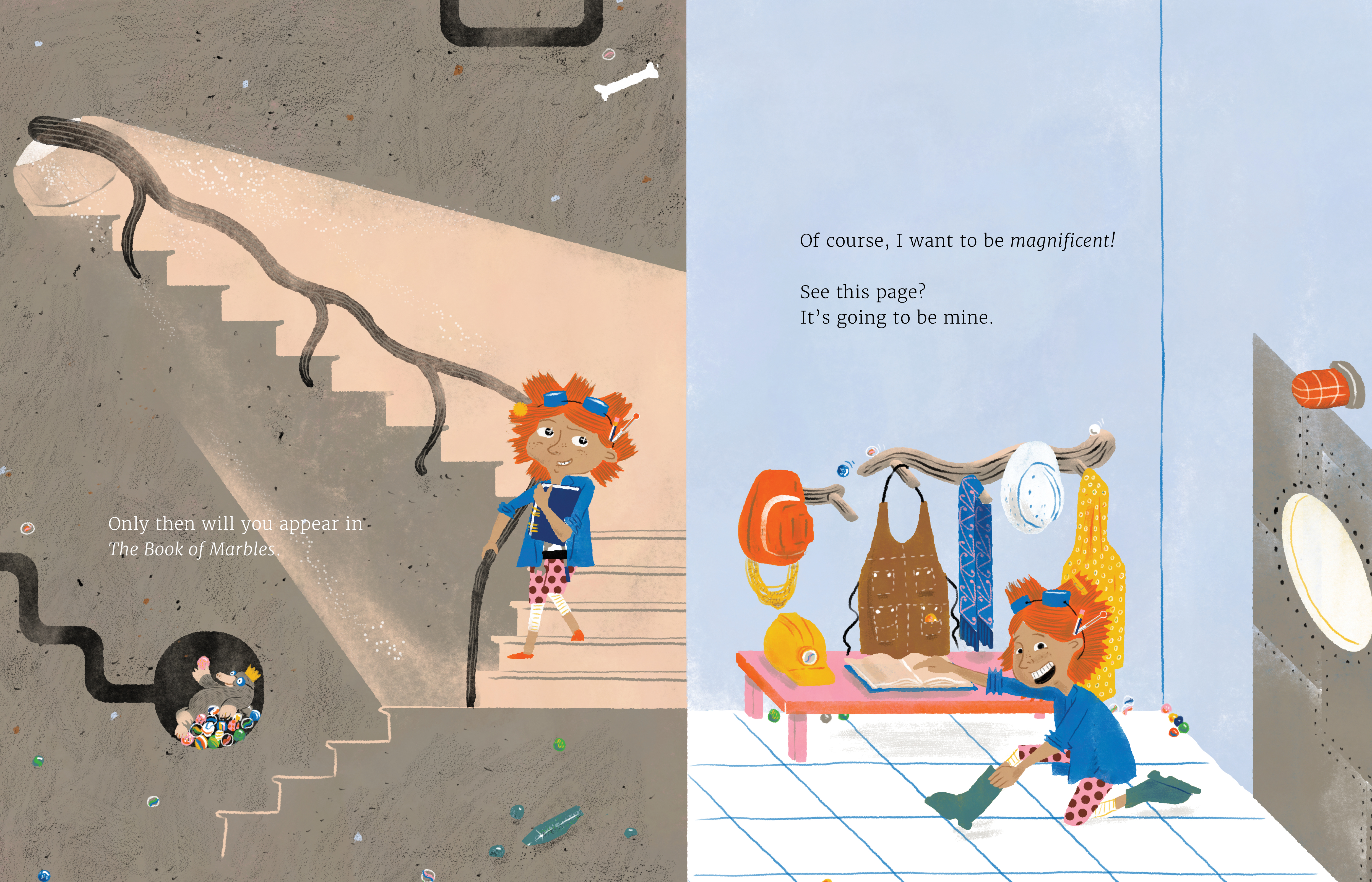
‘I also like to use a bit of toi ataata Māori [Māori visual arts] as storytelling elements in the illustrations, so I try to use patterns which convey extra meaning to the scene. I also take inspiration from contemporary Māori artists and designers. So, in Ngā Kī the daughter’s bedspread takes inspiration from the fashion designer Adrienne Whitewood’s work, and the cover of the book of marbles in Te Kaihanga Māpere has been inspired by the graphic artwork of Ngataiharuru Taepa.’
I wondered whether there were any real events that led to the creation of Keys. Sacha shared that it all sprang from her dad’s keys jangling in the door when he got home from work each night. ‘The funny thing is, I can’t actually remember the look of the keys themselves. I just remember the sound of them and I guess that sound has stuck with me for all these years, because it’s the sound that meant my dad was home. I think the fact that this part was true really shines through in the story – you can feel the love and the warmth between the characters (well, I hope you can!). I used the memory and the keys as my springboard for the story. From there I thought, what would have made that wonderful ritual I had with my father even better? And that’s when I thought of each of the keys opening something fantastic; that would have really appealed to five-year-old me.’
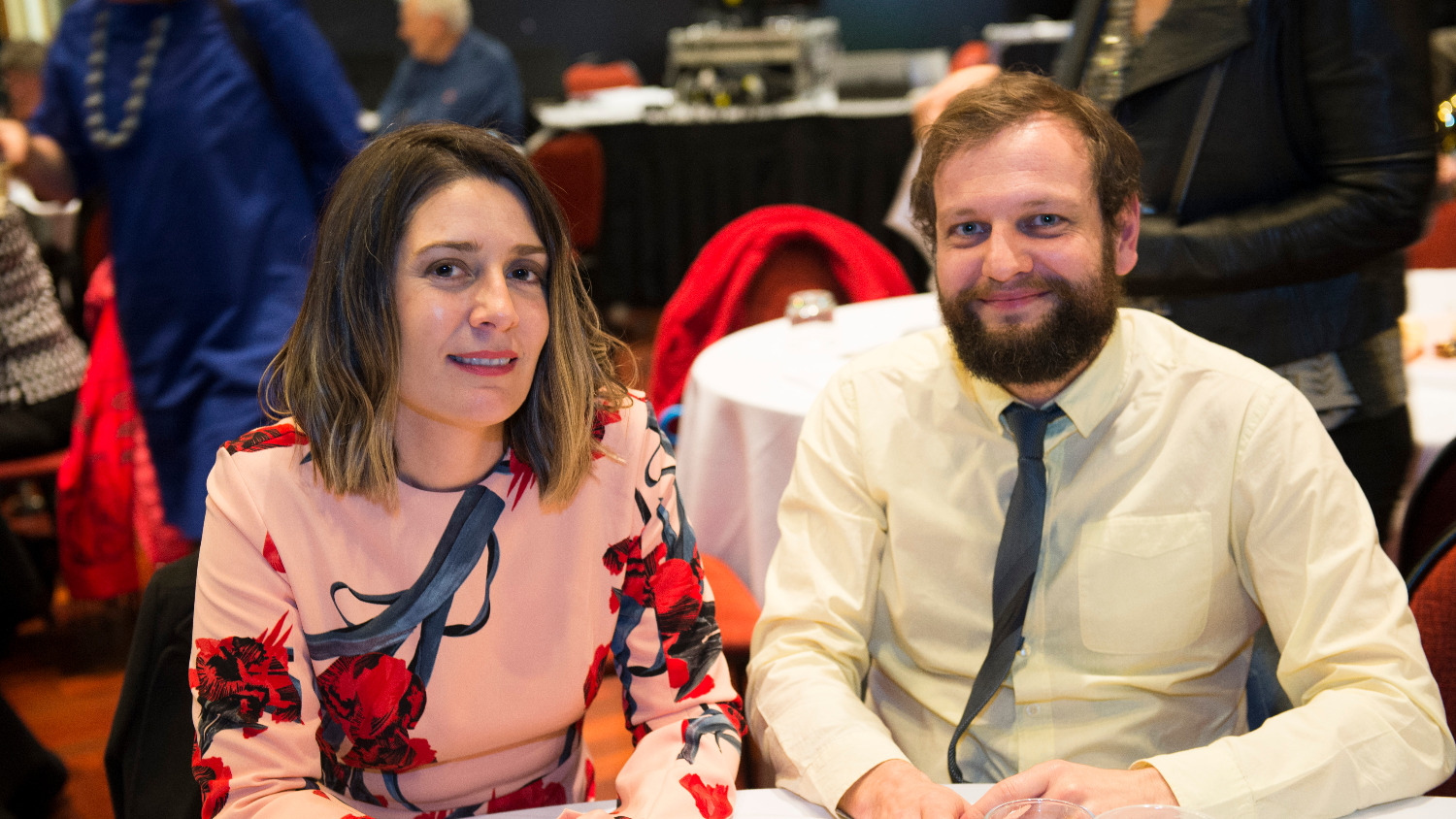
And what do the kids think?
I wanted to know what sort of reaction the books were getting from kids. Sacha told me that at a recent reading of The Marble Maker in Kawerau, the kids absolutely lost it when she said that one of the marble ingredients was hamster snot. She continued, ‘We usually get a similar reaction to the ‘Stink-o-rama Marble’. The kids start cracking up and they’re like, ‘Really? Can you actually have a Stink-o-Rama Marble?’ Then there’s usually at least one kid that can’t help themselves and makes a big fart sound. Gold!’
Josh endorsed this: ‘Yeah the kids love the hamster snot!’ He then admitted that it’s not just the kids. ‘I often feel like a kid cracking up and being excited as I work on Sacha’s stories, because of the hilarious and brilliantly silly things I have to illustrate! Like drawing a candy-cane stripe dispenser, the chained-up jar-of-excited-yeti snorts, the snot dripping from the bottle of Hamster snot, the volcano-shaped jug of lava, and of course the opera-singing lab assistant sheep, Winston. I also felt very inspired to create some magical and weird ingredients of my own which can be found dotted around in the background. I have also heard adults crack up at ‘the teeth bling of a retired rapper’.’
The Marble Maker has inspired its readers to create their own recipes. Josh and Sacha have been sent photos of kids outside making marbles, mixing colourful and messy ingredients in bowls and containers, and they know of at least one child inventing his very own marble making machine. Josh’s five-year-old daughter has been busy concocting marbles too: ‘I think it had some blue paint, a few sticks of chalk, glitter paint, star stickers, some daisies, mint and parsley from the garden and a feather she found outside! Was pretty rad! It’s so funny because I remember feeling inspired and making some weird concoctions after reading George’s Marvellous Medicine when I was a kid.’
And it’s not only marble-making that the book has inspired.
Sacha shared what happened at Miramar North School, where she was teaching when The Marble Maker/Te Kaihanga Māpere was in production. ‘I got to show all the kids in my class the publishing process, and most of them came to the book launch. After that, classes across the junior school read the book and wrote not only marble recipes, but other cool marble maker inspired stories. On top of the actual marble recipes, the most gorgeous thing happened in my class. All the kids started writing their own books. And not just writing, but collaborating, like, ‘I’m the illustrator and this is the author’. And then they had their own book launches, with invitations and everything! Honestly, it made me so proud!’
As for myself, I’m looking forward to the next quirky, warm, fun, exciting and inspiring creation to arise from these two talented, passionate and ingenious artists. It’s sure to be magical.
STOP PRESS: Josh has just been awarded a grant from Creative New Zealand which will allow him take time out of his day job as a civil servant to illustrate Sacha’s third book, The Bomb. Watch this space!
Te Kaihanga Māpere won this year’s Te Kura Pounamu award for the best book published in te reo Māori. You can read Kristin Smith’s review of it here.
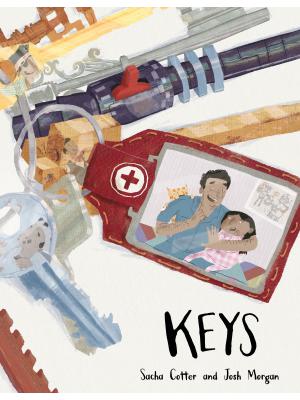
KEYS/NGĀ KĪ
By Sacha Cotter
Illustrated by Josh Morgan
Translated by Kawata Teepa
Published by Huia Publishing
RRP $20.00
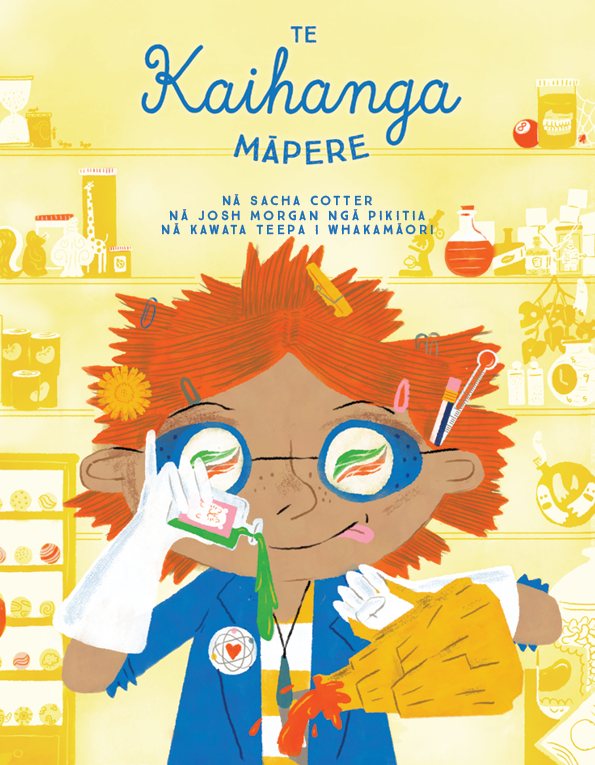
TE KAIHANGA MĀPERE/THE MARBLE MAKER
By Sacha Cotter
Illustrated by Josh Morgan
Translated by Kawata Teepa
Published by Huia Publishing
RRP $20.00
Hannah Rainforth
Hannah Rainforth, who hails from Te Ātihaunui-a-Pāpārangi, Ngāti Hauiti and Ngāti Rangi, worked as an editor for Huia Publishers for seven years, before moving into environmental science and management. While at Huia, Hannah wrote a number of books in te reo for Kōhanga Reo and Kura Kaupapa students. She is also the author of the English language book Barnaby Bennett. She has two young boys and is glad to have finally found an appreciative audience with whom to share the collection of children’s books she started as a teenager.



